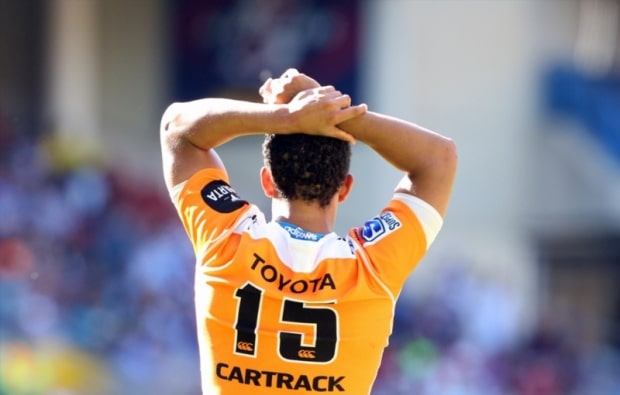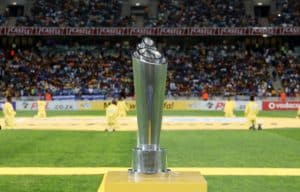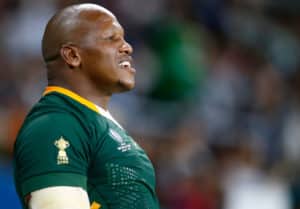The decision to reduce the number of Super Rugby participants is a welcome move, but to cut two from South Africa is a bitter pill to swallow, writes CRAIG LEWIS.
Let’s start with the positives. The format of Super Rugby in its current guise was simply not sustainable. The confusing and unbalanced structure made for an unappealing product, while the extensive number of teams meant the nature of the competition was far too diluted.
In light of this, Sanzaar has acted, and acted decisively. Let’s be grateful for small mercies and applaud the fact that it has acknowledged that the Super Rugby format was flawed and had to be changed.
That change has come in the culling of three teams. Good. But two from South Africa? It feels like a slap in the face to a South African rugby community that has added so much by way of competition and certainly broadcast revenue.
ALSO READ: Two SA teams to be axed from Super Rugby
Perhaps it is a blessing in disguise. Ultimately, there can be no denying that the professional pool of players in South Africa has been spread too far and wide, whereby there have been too many players placing a financial burden on their paymasters.
With two South African Super Rugby sides now set to be cut, the top players will surely be picked up by the remaining franchises, while with a reduction of those on the payroll, there is the potential for fewer players to be paid better.
In attempts to explain the culling of two South African teams, SA Rugby CEO Jurie Roux stated that it was no longer sustainable in the current economic climate to support six South African franchises. He suggested that with an increasing number of local players now plying their trade abroad, it had meant that it no longer made sense from a high-performance or financial point of view to retain underperforming teams.
There are valid points to his statement, and the Cheetahs and Kings are now surely the teams in line to face the axe. But it is just as easy to make a counter-argument. The Kings have battled at Super Rugby level, yes, but they have been given a raw deal since 2013, and still represent a franchise model that had the potential to tap into a hotbed of talent in the Eastern Cape.
And yes, the Cheetahs have failed to perform consistently on the Super Rugby stage, while crowd attendances in the competition have not been prolific. But they are a union that boast relative financial stability, while the Cheetahs have always at least been a competitive force in Super Rugby, and remain the home franchise for the talent conveyor belt that is Grey Bloem.
ALSO READ: Cheetahs hit back at Stransky
Yet, beyond any justifications for the Cheetahs and Kings’ retention, my real quibble revolves around keeping four Australian franchises, while also retaining the Sunwolves.
Just look at the current Australian conference this season. Between all five franchises, 30 games have been played, and yet just seven wins have been recorded in total. Most matches involving Australian teams have been drab and dour affairs, while the Reds, Force and Rebels have been hopeless. The Waratahs have been a shadow of their former selves, while the Brumbies have been the best of a bad bunch.
In explaining the reason behind keeping four Aussie sides, this was the justification: ‘Australia is in a highly competitive sports market and needs to retain as broad a footprint as possible; reducing to three Australian teams would damage not just Australian rugby, but all of Sanzaar’. Sorry, but I just don’t buy it.
Rugby union has limited popularity in a saturated sports market in Australia, and they do not have the player pool to support four teams. The continued inclusion of so many teams from Down Under does not improve the value of Super Rugby, and yet they will still have four teams in action. Do the Cheetahs really deserve to be axed rather than the Rebels, Reds or Force? Surely not.
And what of the Sunwolves? Well, here’s the explanation: ‘This was part of a broader 10-year strategic plan for Sanzaar,’ a statement read. ‘The potential for growth in Asia of rugby and Sanzaar competitions is significant. It remains a focus for the organisation and establishing a Japanese Super Rugby franchise is key to that strategy.’
Again, it all sounds like hocus-pocus. The Sunwolves have added very little value to Super Rugby in terms of competitiveness, and while their crowd attendances in Tokyo have been outstanding, they have not strengthened what was once the premier rugby competition in the world.
Yes, let’s applaud the concept of growing the game, but let’s do so with our Sanzaar partners. It’s the reason why an Argentinian team in the Jaguares was added, and has earned their retention through improved performances. If Sanzaar wants rugby to grow in Japan, well then what about the USA, where rugby is growing rapidly, or why not include teams from the Pacific Islands? You can’t help everyone.
In the long-term, perhaps this move to cut two SA teams will benefit and strengthen SA rugby. But right now, at face value, and on the basis of competitiveness on the field and contributions off it, South African rugby certainly seems to have drawn the short straw.
Photo: Carl Fourie/Gallo Images





